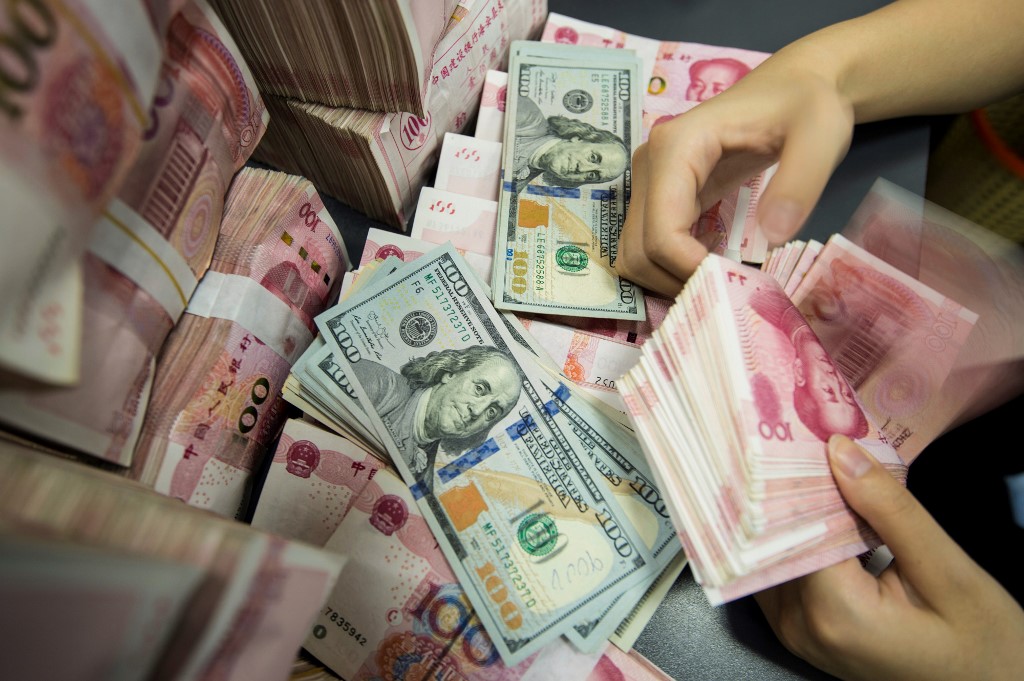(ATF) The global stocks malaise started after September 2, when the S&P 500 index hit an all-time high of 3,581. Some saw hope overnight that a turnaround might be nigh, when the S&P hit 3,235 at 2:45am HK time and bounced off the -10% correction level. It rallied into the close at 3,281, still down 1.16% for the day and 8.3% from the Sept 2 high. But correction territory had been avoided – for now.
A combination of factors accounted for the equities’ swoon. Tech stocks, in particular, had rallied strongly since late June and were overbought, some egregiously so. US fiscal support for post-Covid recovery is also stuck in the US Congress and will not see expeditious action any time soon – even as the Fed provided a worse than expected picture of the US economy. Meanwhile, no definitive defeat of the coronavirus in the US and in parts of Europe, notably the UK, is in sight. Lastly, uncertainty about the outcome of the US November election prevails.
None of these factors directly apply to China, though, arguably, valuations of several Chinese tech stocks are also stretched, to put it mildly.
Alas, what hit Chinese markets are the global financial and supply-chain links that US President Donald Trump has been desperately trying to cut, albeit with little success.
While Chinese and East Asian Covid and economic prospects are very much brighter than US and most European ones, it remains and will remain, a fact that the US equities performance overnight is the main driver of East Asian markets the following day.
And that’s what’s now hitting the yuan.
The People’s Bank of China (PBoC) set the central parity rate for the yuan against the US dollar at 6.7872 this Tuesday morning, substantially weaker than Monday’s 6.7595 and the preceding Friday’s (Sep 18) 6.7591, the strongest levels since April 2019.
The PBoC’s guidance appears to have been just about right: At 6pm HK time, the onshore CNY traded at 6.7840 while the offshore deliverable CNY (or CNH) stood at 6.7852.
The PBoC made the morning guidance adjustment for the simple reason that yuan demand has receded by a few notches since last week as foreign demand for Chinese securities ebbed.
The PBoC has made it very clear that it will not put the brakes on even a fast rise of the yuan. A stronger currency is the best support for the government policy of domestic economic demand stimulation.
But it appears to be equally clear that the PBoC is not interested in going into the yuan buying business to push up the Chinese currency.
The outlook for the yuan at this stage is fundamentally unchanged and in line with what I wrote in a longer analytical piece in Asia Times last week, which noted that the fundamentals of the US dollar and the Chinese yuan point in opposite directions. I see a medium-term rise of the yuan to 6.0 against the USD and a longer-term rise by 30% to 5.0 over three years.
Near-term, the global stock market swoon and concomitant temporary yuan stagnation may not yet be over.
One key element is the resolution of the TikTok controversy between the US and China. If the US and China do not resolve the latest Donald Trump-caused tech business disruption, uncertainty and market caution will prevail until the upcoming US election provides better visibility.
























